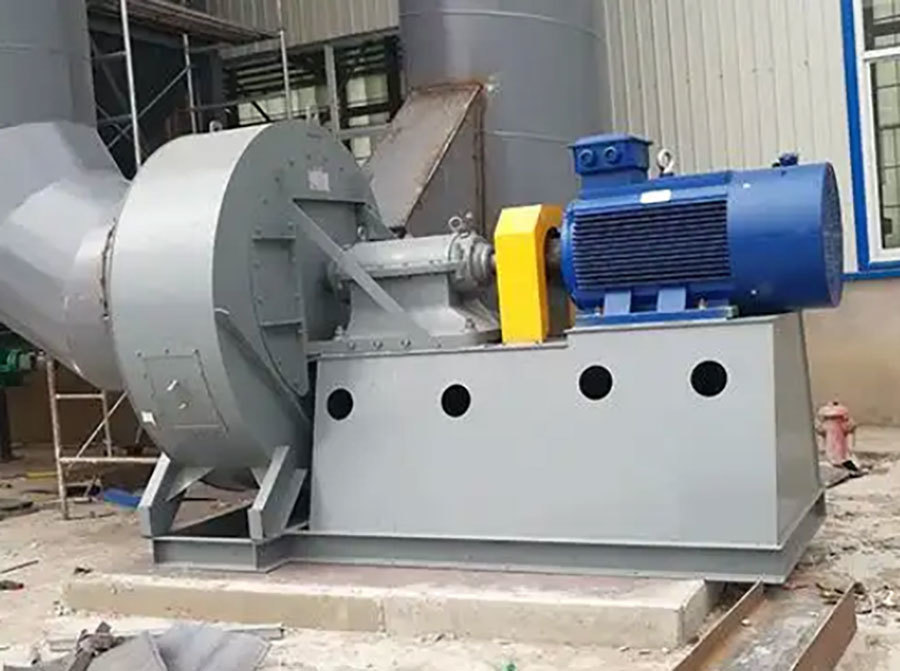Unlocking the Future: Understanding the Electrolytic Lead Production Line
Jul 09,2025

The Electrolytic Lead Production Line represents a significant advancement in the field of lead smelting and production. This technology utilizes electrolysis, a process that involves the use of electrical current to drive a chemical reaction, separating lead from its ores in an efficient and environmentally friendly manner. The primary advantage of this method is its ability to produce high-purity lead with minimal environmental impact, making it a crucial development for industries focused on sustainability.
At the heart of the Electrolytic Lead Production Line is the electrolytic cell, which consists of an anode and a cathode immersed in an electrolyte solution. When electrical current is passed through the cell, lead ions migrate towards the cathode, where they are reduced to solid lead. This method not only provides a more effective means of extracting lead but also reduces the emissions associated with traditional pyrometallurgical processes.
One of the key benefits of integrating an Electrolytic Lead Production Line into manufacturing operations is the reduction of energy consumption. Conventional lead smelting often requires high temperatures and extensive energy resources. In contrast, the electrolytic process operates at lower temperatures, significantly decreasing energy costs. Additionally, the process can be fine-tuned to optimize lead recovery rates, ensuring that maximum yield is achieved while minimizing waste.
Moreover, the Electrolytic Lead Production Line promotes cleaner operations by generating fewer by-products that need to be managed. Traditional smelting methods can release harmful gases and pollutants into the environment, raising serious health concerns for nearby communities. The electrolysis process, however, can be conducted in closed systems, which contain emissions and prevent air pollution. This aligns with global initiatives aimed at reducing industrial carbon footprints and promoting cleaner production technologies.
The implementation of an Electrolytic Lead Production Line requires specialized equipment and a skilled workforce. Operators must be trained to manage the electrolysis process effectively, ensuring both safety and operational efficiency. Regular maintenance of the electrolytic cells and associated machinery is also crucial to sustain high production levels and prolong the life of the equipment.
In conclusion, the Electrolytic Lead Production Line represents a modern approach to lead production that aligns with evolving industry standards for efficiency and environmental responsibility. By harnessing the power of electrolysis, this advanced technology not only enhances production capabilities but also supports the broader goals of sustainable industrial practices. As industries continue to seek innovative solutions, the adoption of such techniques is vital for future growth and ecological balance.
At the heart of the Electrolytic Lead Production Line is the electrolytic cell, which consists of an anode and a cathode immersed in an electrolyte solution. When electrical current is passed through the cell, lead ions migrate towards the cathode, where they are reduced to solid lead. This method not only provides a more effective means of extracting lead but also reduces the emissions associated with traditional pyrometallurgical processes.
One of the key benefits of integrating an Electrolytic Lead Production Line into manufacturing operations is the reduction of energy consumption. Conventional lead smelting often requires high temperatures and extensive energy resources. In contrast, the electrolytic process operates at lower temperatures, significantly decreasing energy costs. Additionally, the process can be fine-tuned to optimize lead recovery rates, ensuring that maximum yield is achieved while minimizing waste.
Moreover, the Electrolytic Lead Production Line promotes cleaner operations by generating fewer by-products that need to be managed. Traditional smelting methods can release harmful gases and pollutants into the environment, raising serious health concerns for nearby communities. The electrolysis process, however, can be conducted in closed systems, which contain emissions and prevent air pollution. This aligns with global initiatives aimed at reducing industrial carbon footprints and promoting cleaner production technologies.
The implementation of an Electrolytic Lead Production Line requires specialized equipment and a skilled workforce. Operators must be trained to manage the electrolysis process effectively, ensuring both safety and operational efficiency. Regular maintenance of the electrolytic cells and associated machinery is also crucial to sustain high production levels and prolong the life of the equipment.
In conclusion, the Electrolytic Lead Production Line represents a modern approach to lead production that aligns with evolving industry standards for efficiency and environmental responsibility. By harnessing the power of electrolysis, this advanced technology not only enhances production capabilities but also supports the broader goals of sustainable industrial practices. As industries continue to seek innovative solutions, the adoption of such techniques is vital for future growth and ecological balance.
TAG:
Previous:
Contact Us
Company Email:
962452762@qq.com
Contact Number:
+8615670922562
Company Address:
No. 11 Plant, Tiantan Industrial Park, Huling Industrial Cluster, Jiyuan City


